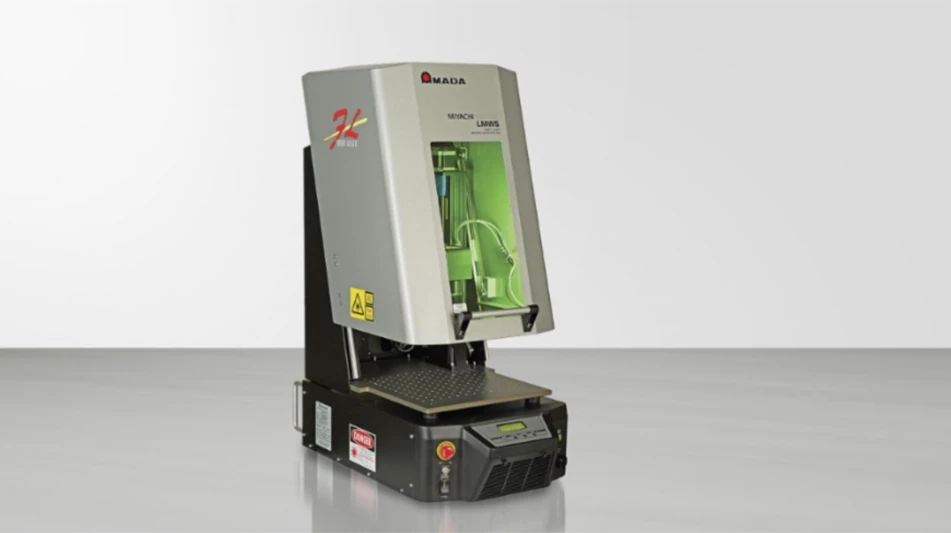 The SR-71 Blackbird warplane has a titanium structure and skin. The SR-71 Blackbird warplane has a titanium structure and skin. |
Taking civil aircraft, military, missiles, space, and numerous related products and services into account, the global aerospace and defense industry represents hundreds of billions of dollars in annual sales. Such a robust and growing market is center stage for advancing uses for titanium and other high-strength alloys due to titanium having the highest strength-to-weight ratio of any structural metal.
In fact, the SR-71 Blackbird warplane was the first aircraft to use titanium extensively in its structure and skin. Holding the record of the fastest aircraft in the world for more than 30 years, the Blackbird reached speeds of 3,500km/hr (2,175mph), or three times the speed of sound. The Blackbird’s intense speeds created so much aerodynamic friction that any other metal would decompose under such stresses.
Today, about two thirds of all titanium metal produced goes into aircraft engines and frames. A single Airbus A380 uses approximately 70 tons of titanium for the aircraft structure and fittings. High-strength titanium is seeing exciting advances in many other fields including sporting goods (bicycle frames and golf club heads), medical (artificial joints, plates and screws, and medical instruments), and energy (nuclear generators).
However, the same characteristics that make titanium and other high-strength alloys so desirable to the aerospace industry also make it difficult to process efficiently. For example, the specific amount of energy consumption required to cut a unit of 4340 medium-alloy steel and titanium is about the same, say one for steel and 1.1 for titanium. However, the speed at which you can cut steel is about three times that of cutting titanium. Steel has a low melting point, conducts heat well, and transfers about 80% of the heat energy at the point of plastic deformation into the chip. By comparison, titanium has a high melting point, high heat resistance, and transfers about 80% of the heat energy at the point of fracture into the tool.
With three times the cutting forces needed for cutting titanium as opposed to steel, many machine tools require extensive structural design to provide the necessary rigidity and torque. Even with all that power, they run at low speeds and feeds to extend spindle and tool life.
In addition, the failure mode of cutting tools is not the same in machining titanium versus iron or steel. Where wear is the main failure mode in cutting steels, the intense heat and pressure of cutting titanium causes micro-fractures along the rake face. Any vibration at the tool/workpiece interface helps propagate these fissures. Increase the speed or surface feed and the tool edges chip at a faster rate, meaning more catastrophic failures, higher cutting costs, and slower production.
 High coating hardness and increased lubricity helps extend the life of solid-carbide end mills. High coating hardness and increased lubricity helps extend the life of solid-carbide end mills. |
Redefining Standards
Coatings for cutting tools, from Oerlikon Balzers, a business unit of the Swiss Oerlikon Group, are rewriting performance characteristics in milling titanium. After the introduction of the Generation 6 coatings in 2003, customers continue to see greater tool productivity for coating both cutting tools and metalforming tools such as punches and dies. With the new Balinit Alcrona Pro, “We are redefining international standards with this development,” a company representative says.
Economic pressures on the metalworking industry keep an unrelenting focus on controlling tool costs, extending service life, and increasing the number of regrinding and recoating passes per tool. The extreme mechanical and thermal stresses in milling titanium and other high-strength alloys impose considerable problems on tools. The residual stress profile and the thermal shock resistance of Balinit Alcrona Pro have significant improvement through optimizing process parameters and modifying the coating structure. Microhardness (HV 0.05) is now 3,200 and maximum service temperature is 2,012°F (1,100°C). Residual compressive stress is -3GPa. Balinit Alcrona Pro is particularly well suited for solid-carbide end mills for roughing and finishing, HSS end mills for roughing and finishing, and carbide and HSS hobs. The high hardness level of the coating helps maintain a keen cutting edge while the coating’s lubricity also helps reduce cutting forces, extending tool and spindle life.
In particular, tools coated with Balinit Alcrona Pro leverage their full potential particularly when wet machining work materials with hardnesses of up to 55HRC. In many applications, the new coating will outperform the previous generation of Balinit Alcrona Pro by 20% and more. As is the case with all Oerlikon Balzers coatings, Balinit Alcrona Pro also allows recoating of tools without any trade-off in performance.
Oerlikon Balzers
Lafayette, IN
oerlikon.com
Get curated news on YOUR industry.
Enter your email to receive our newsletters.
Explore the March 2012 Issue
Check out more from this issue and find your next story to read.
Latest from Aerospace Manufacturing and Design
- Thomson Industries' online sizing and selection tool
- #53 - Manufacturing Matters - 2024 Leaders in Manufacturing Roundtable
- Join us for insights on one of the hottest topics in manufacturing!
- You can still register for March’s Manufacturing Lunch + Learn!
- Ohio creates Youngstown Innovation Hub for Aerospace and Defense
- Tormach’s Chip Conveyor Kit for the 1500MX CNC Mill
- How to Reduce First Article Inspection Creation Time by 70% to 90% with DISCUS Software
- Jackson Square Aviation orders 50 Airbus A320neo aircraft






